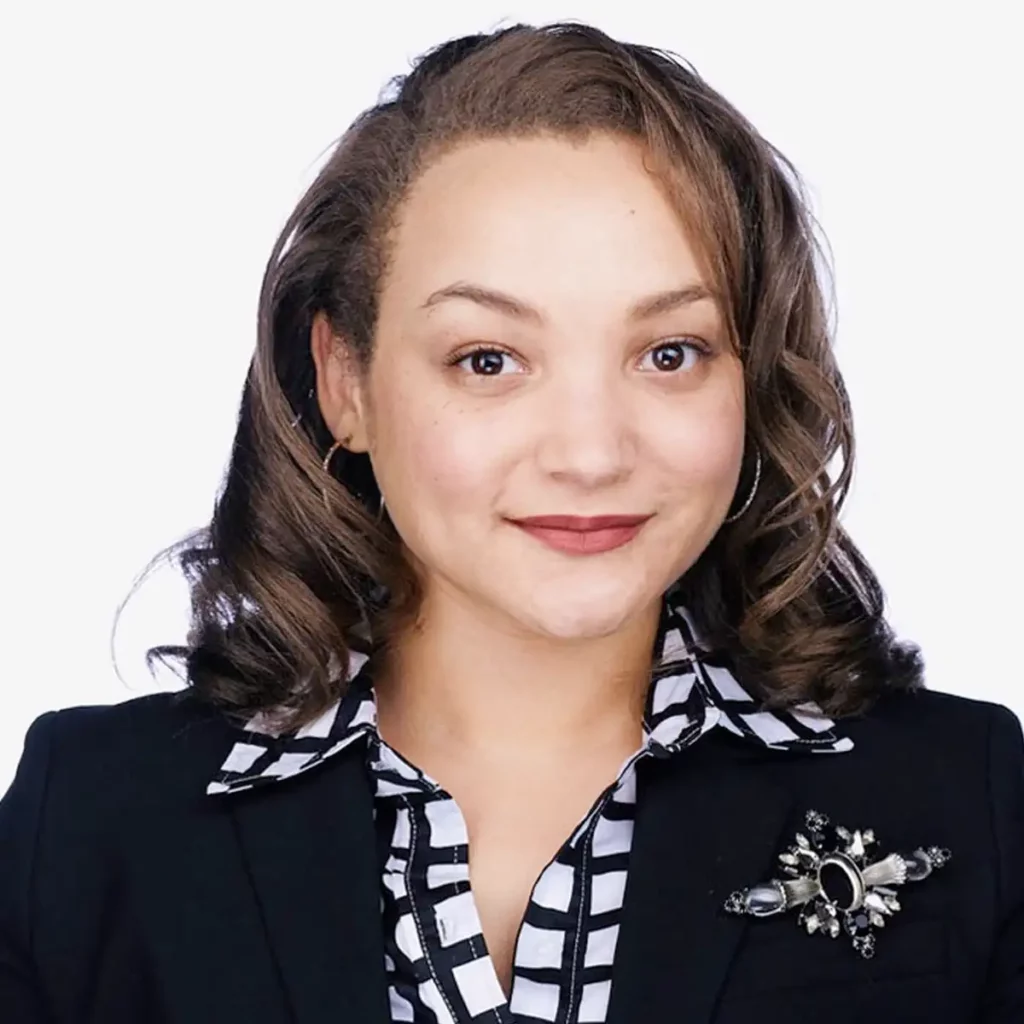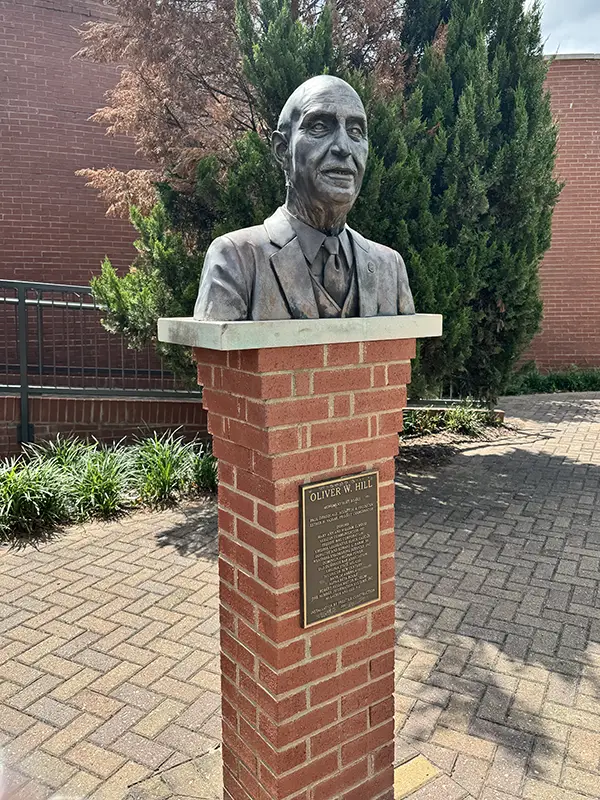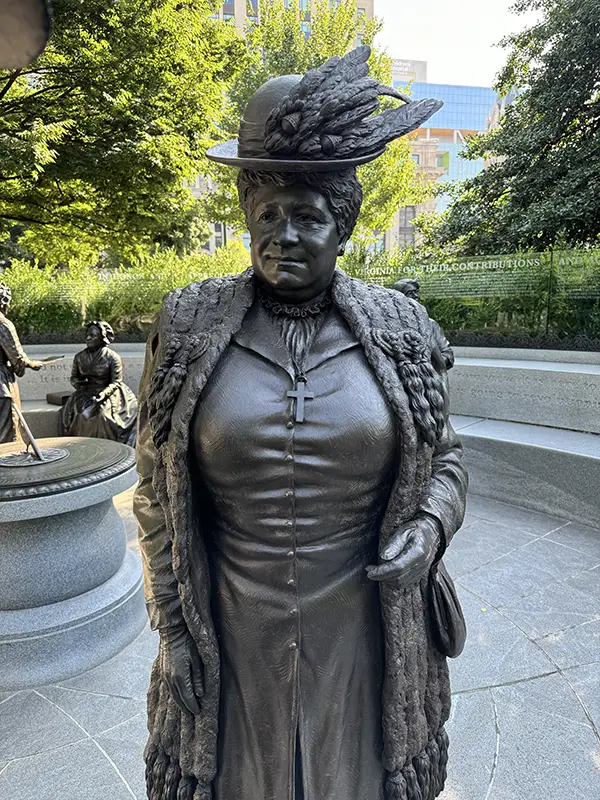NEH Summer Institute Expands View of History

Exploring history alongside scholars from a variety of disciplines at sites in Richmond, Virginia, this summer brought new perspectives to DeLisa Hawkes, an assistant professor in the Department of Africana Studies.
Hawkes was part of a three-week National Endowment for the Humanities Summer Institute for Higher Education Faculty titled “Towards a People’s History of Landscape: Black and Indigenous Histories.”
“I have always had an interest in under-examined histories,” said Hawkes, who is also an affiliate faculty member in the Department of English and the Women, Gender, and Sexuality Program.
During the summer institute, scholars explored ways to teach place-oriented cultural histories. Hawkes and two dozen other selected participants from across the country also created modules with interdisciplinary perspectives for undergraduate and graduate-level courses aimed at “teaching in place.” The modules include perspectives from history, literature, architecture, dance, theater, landscape design, and political science, to name a few.
Each day, the scholars were assigned readings centered on Black or Indigenous histories, which they would discuss. They also met with local historians and visiting scholars. Field trips took them to sites in Richmond and surrounding cities.
The scholars went to Shockoe Bottom, once the site of the second-largest market for chattel slavery in the United States, and talked with Chief Anne Richardson while visiting the Rappahannock Tribal Center. They also visited historic African American cemeteries in Richmond, including the final resting place of Maggie Lena Walker, the first African American woman to found and lead a bank in the United States.


Researching the histories of places and contesting viewpoints was a central feature of the institute.
“It was interesting to think about history and place and how certain narratives of people and places are uplifted while you have to look for others,” Hawkes observed.
While examining the landscape surrounding the state capitol, for example, she noted that the memorials to women who played prominent roles in Virginia’s history were smaller and positioned lower than those celebrating male military figures.
Hawkes and a former colleague previously developed an Africana research methods course. Looking forward, Hawkes said she’d like to teach that course with archives of social action and the narratives of Knoxville’s African American historic sites at its center.
By Amy Beth Miller